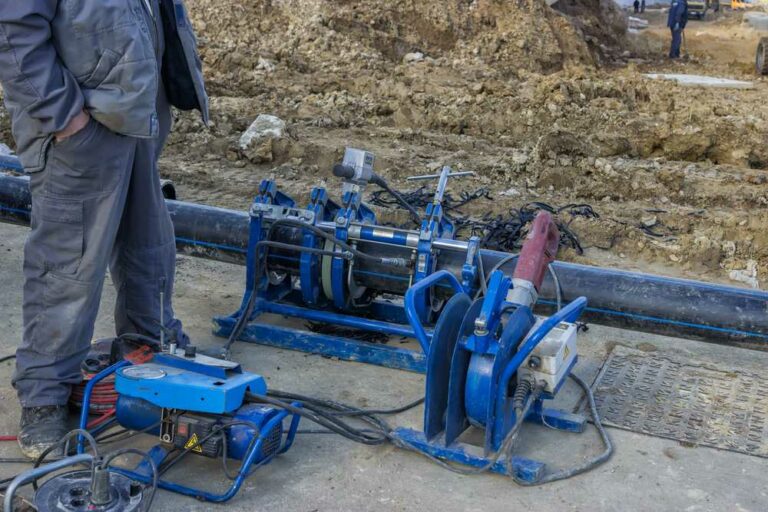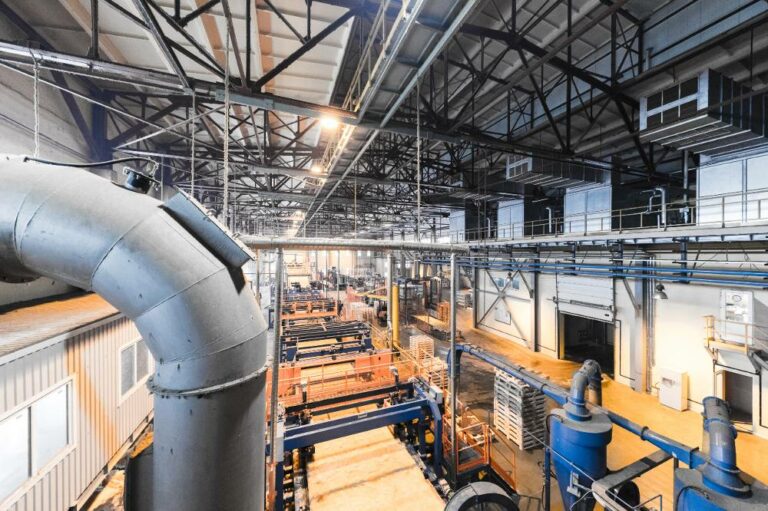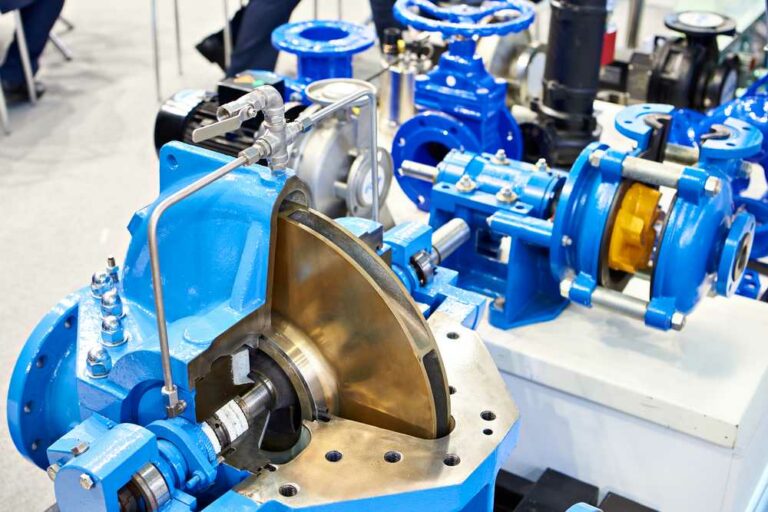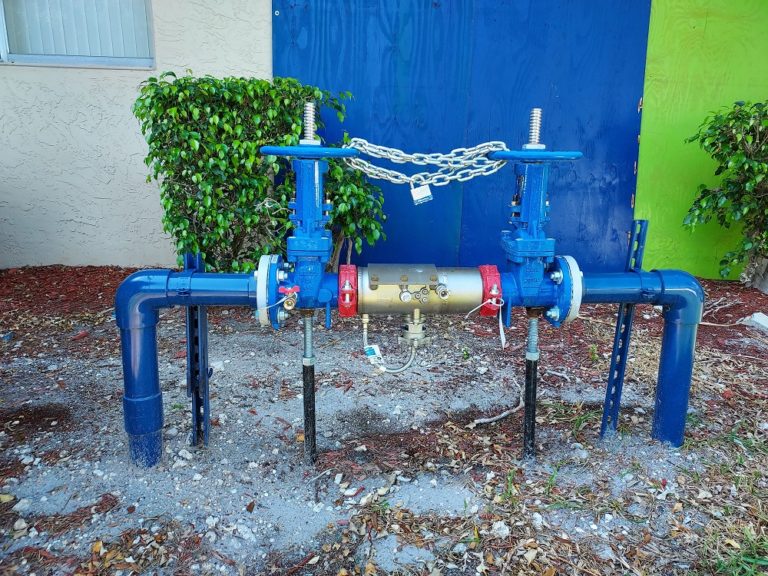Why Do Backflow Preventers Leak?
What is a Backflow Preventer?
A backflow preventer is a plumbing system device preventing water from flowing reversely and contaminating the potable water, lawn sprinklers, and fire sprinklers. In short, a backflow preventer blocks the backflow, which can cause freshwater cross-contamination and, consequently, numerous health issues.
Backflow results from different pressure in the system because of the drain, interruption, or inappropriate heating. A backflow preventer regulates the pressure, preventing the water from flowing in the reverse direction.
However, backflow preventers can sometimes leak, causing improper functioning. A dysfunctional backflow preventer fails to fulfill its only goal – to prevent backflow. That poses health and environmental risks, particularly in the case of the public water supply cross-contaminations.
What Causes Backflow Preventer Leakage?
There are three principal causes for backflow preventer leakage:
- High Pressure. The difference in pressure between the water supply and the piping system can cause backflow – stopping it is why backflow preventers are there in the first place. But too high pressure can cause the device to leak, causing problems because the backflow continues. The increased pressure puts additional stress on the relief valve on the backflow preventer, which opens and lets the water leak from the valve. The discharge continues until the pressure is back to an acceptable level.
- Head Assembly Improper Placement. Improper placement of the head assembly can cause the backflow preventer to leak. As one of the crucial parts of the device, the head assembly installation must be proper because its wrong placement leads to changes in pressure levels, causing leakage. For that reason, be careful when installing this vital part – instead of using a wrench, tighten it by hand to avoid damage from overtightening.
- Debris in the System. Sometimes sand, dirt, or other debris enters the relief valve of your backflow preventer, disrupting its normal function. The relief valve cannot close completely due to the debris causing constant leakage. You can recognize the dirt in the backflow preventer system if the leak continues without stopping or decreasing.
How to Know If Your Backflow Preventer Needs a Repair?
It might be too late when the leak in your backflow preventer occurs. To prevent this from happening, look for early warning signs. Detecting irregularities on time can save you a lot of time and costs you would otherwise spend repairing the device or the entire plumbing system.
The most common signs your backflow preventer needs repair are: slow-moving water flow, interrupted water flow, visible sediment or rust in the water, odor (like rotten eggs) or a bad taste in water, yellow, brown, or pink water, slow drainage, different water levels in various drains, etc.
The Most Common Issues With a Backflow Preventer
While the list of problems with any plumbing device is endless, the most frequent issues causing the failure of the backflow preventer involve the following:
- Too High Relief Valve Opening. Depending on the relief disc position, the opening may be too high, causing various problems, including leakage.
- Too Low Relief Valve Opening. Contrarily, the too-low position of a relief valve opening can cause the restriction of the movement into the relief valve.
- Faulty First Check Valve. A faulty first check valve results in improper functioning. The valve opens at lower pressures, disrupting the device’s performance.
- Damage in Second Check Valve. If there is damage in the second check valve, the water will leak into the space between the check valves, impairing the performance.
Fixing Backflow Preventer Leakage
A backflow water leak means you need the help of a backflow preventer expert. However, urgent situations require an immediate response. Here are steps you can take to avoid excessive damage to your home plumbing system resulting from the leakage:
- First, close all the valves in your backflow preventer device. That will stop water from leaking and prevent further damage.
- Isolate your device by relieving the pressure. Remove the side plugs and let the existing water out of the device.
- Next, remove the nut from the top of the bell. Put it aside carefully because you must assemble it back after repairing the preventer.
- Then, open the valve again and observe how the water fills up the device.
- Check the inner part of the device after removing the poppet and bonnet.
- If the leakage still occurs, the damage is significant, and you need to call an expert.
If the pressure does not normalize after performing these steps, you probably have a problem with a broken gasket (or another faulty part). In any case, consult the expert and let them do their job of fixing your backflow preventer.
How Often Should You Replace a Backflow Preventer?
Although backflow preventers are durable devices (lasting over fifty years), some of their parts can wear out, causing various problems, including leakage. To avoid leaking and other damage that can cause water contamination, check your system at least once a year to detect early signs of wear. Most importantly, consult experts to help you maintain and repair your system.
If You Need Experts, Look No Further
Backflows Only is a top-notch Florida-based backflow prevention company that specializes in backflow preventer installation, certification, and repair.
Our highly-skilled experts are available 24/7 in Fort Lauderdale, South Florida, and Broward County. Whether you need a backflow installation, repair, or maintenance, at Backflows Only, we have got you covered.
Reach out today to discuss how we can help.







